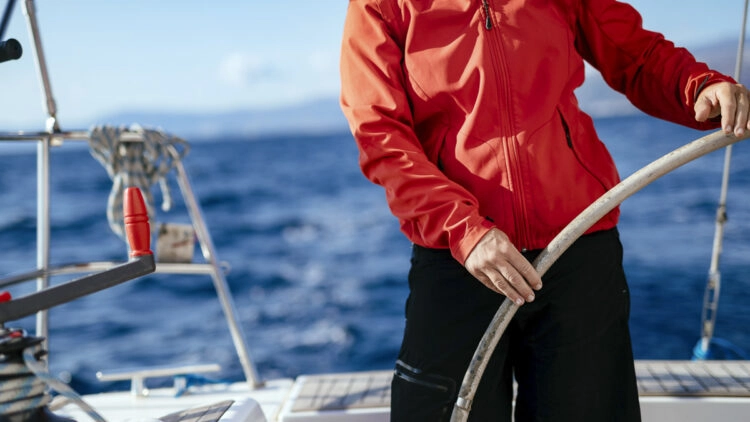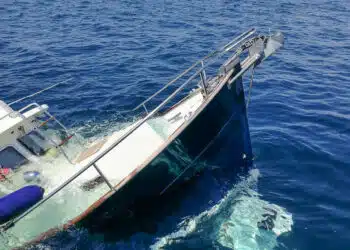He who freezes is stupid, lazy or vain. This old saying can be supplemented on board by the addition of “who is cold and wet …”. But what sailing clothes must be in the duffel bag to cope with any weather on tour?.
SeaHelp presents the must haves for sailors
Even if many sailors wish for the trip only sunshine and a weak breeze to chill on deck in swimming trunks and T-shirt or bikini completely relaxed, you must always be on severe weather be prepared. Lots of wind, rain, spray and waves then make sailing a decidedly wet and cold pleasure.
Oil stuff must always be on board
Better to always take your oil gear on board. And be happy if you don’t have to get it out of the closet at all. SeaHelp has compiled the basic equipment for water sports enthusiasts.
If the weather is unstable and fresh, it is best to dress according to the onion principle – one layer after the other. This makes it easy to comfortably take off one layer when it gets warmer, or to put on another layer when a cool breeze comes up.
Depending on the outside temperature, you should already pay attention to the choice of the right long underwear. Cotton is by far not as suitable as modern high-tech fibers, which transport moisture better to the outside and thus avoid wearing damp clothes directly on the skin for a longer period of time. Many also swear by the natural heat regulation of merino underwear.
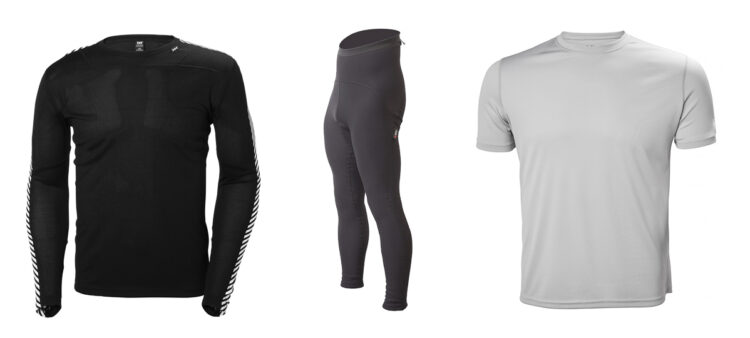
Skiers and outdoorsmen here can draw on the fund of clothing they already have. What keeps you warm underneath on the slopes, is breathable and can withstand a lot of physical activity is also just right for sailing. Many oilskin and sailing apparel manufacturers also have a large outdoor collection because numerous materials are used in snow and ice as well as on the water.
Onion look under oilskins
Over the bottom layer comes – depending on the outside temperature – a layer of fleece. For the upper body, fleece jackets whose zippers can be easily opened have proven especially useful. Salopettes”, fleece-lined dungarees with a little coating on the outside, are warm and cozy and keep moisture out. Above comes the classic oilskin, although the modern membranes that are now processed have nothing to do with the waxed cotton to which the oilskin owes its name.
sailing clothing: Equipped like the professionals
Good, durable sailing clothing is breathable, lightweight and well thought out down to the smallest detail. Numerous companies work with offshore sailors and successful regatta teams to gear their new collections directly to the needs of sailors.
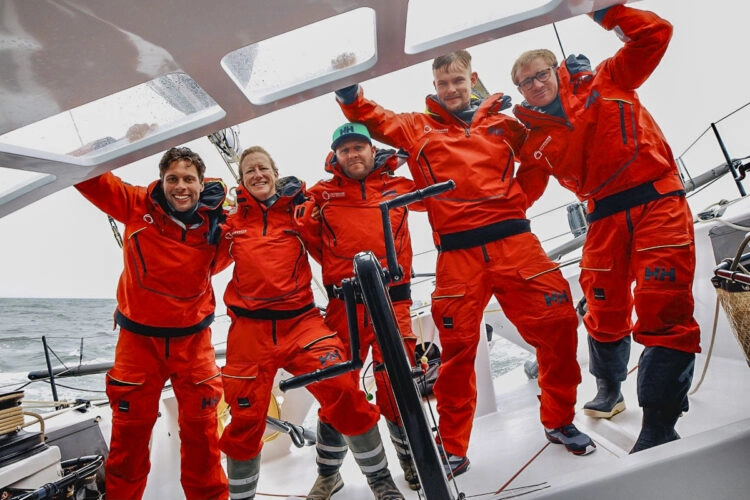
While offshore professionals often recommend a blouson-style smock top instead of a classic oil jacket, touring sailors and motor yacht skippers have found oil jackets with a large collar and an integrated hood to be a good choice. The hood should be made of a neon-colored fabric so that the water sportsman can be found quickly by his crew and support crews in case he goes overboard in heavy weather.
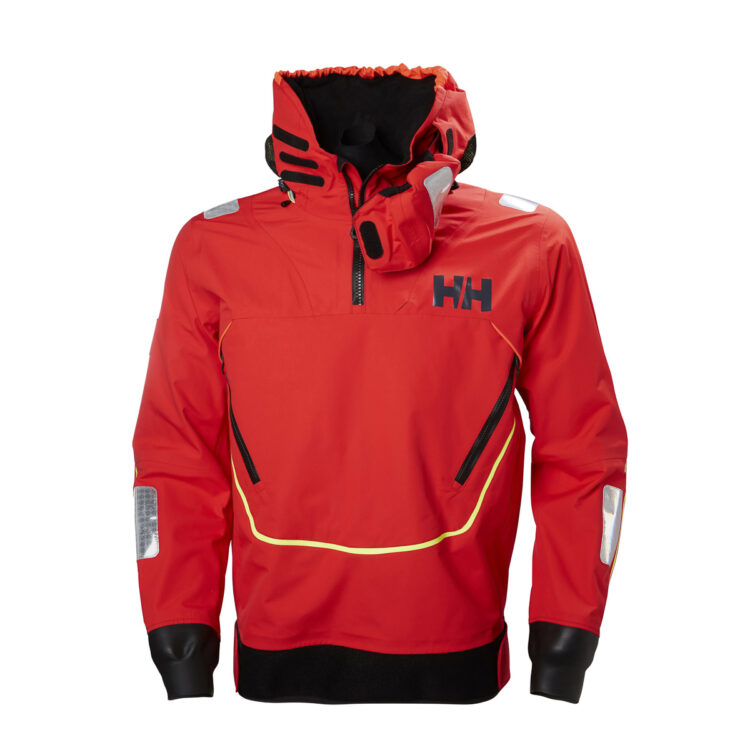
Oil jacket with large pockets
It is also important that the collar of the jacket closes well at the neck and that the jacket has tight-fitting cuffs, e.g. made of neoprene. Anything that gets wet on board will dry with difficulty. So it is important that no water can get in at all! The zipper of the oilskin jacket must also be easily closable with a Velcro cuff. Experienced long-distance sailors also recommend that when buying the right jacket, you always make sure there are enough pockets so that your hands are free during maneuvers and you always have all your important utensils, e.g. smartphone, flashlight and sailing knife, with you and within easy reach.
The oil pants – which are usually available as a set with the jacket – are worn almost more often than the oil jacket. As soon as it’s damp on deck, even if it’s just the morning dew, it’s much more comfortable to sit down with waterproof pants. As with the jacket, care should be taken when purchasing sufficient pockets, and the pants should not fit too tightly so that freedom of movement on board is not restricted. Reinforcements on the buttocks and knees ensure that the high-quality pants will last for many nautical miles.
Shoes or Boots?
The outfit complete rubber boots with a bright, non-slip sole or high-quality leather sea boots. This also keeps the feet warm and dry.
Depending on the cruising area, a warm hat or cap can also be worn. Many skippers who are alone on deck in bad weather also rely on a rather old-fashioned-looking southern waistcoat. This hat with its long neck brim prevents rainwater from dripping down the back of your neck. If you like, you can also pack a pair of sailing gloves, which provide more grip and protect your hands when fetching the sheets.
Above all, it is essential to have a suitable, certified life jacket with you. The automatic life jackets must be approved for the correct weight of the sailor and the straps must be individually adjusted to the size.
If you spend a lot of time in warm climates, you’ll be glad to have a pair of oilskin shorts that are cut like shorts. Nice and airy and light, but dry where it counts. Because there’s nothing sailors hate more than being out on the water with a wet bottom. Vanity and the desire for a slim silhouette are not appropriate here. What was that again? He who freezes is stupid, lazy or…vain.


